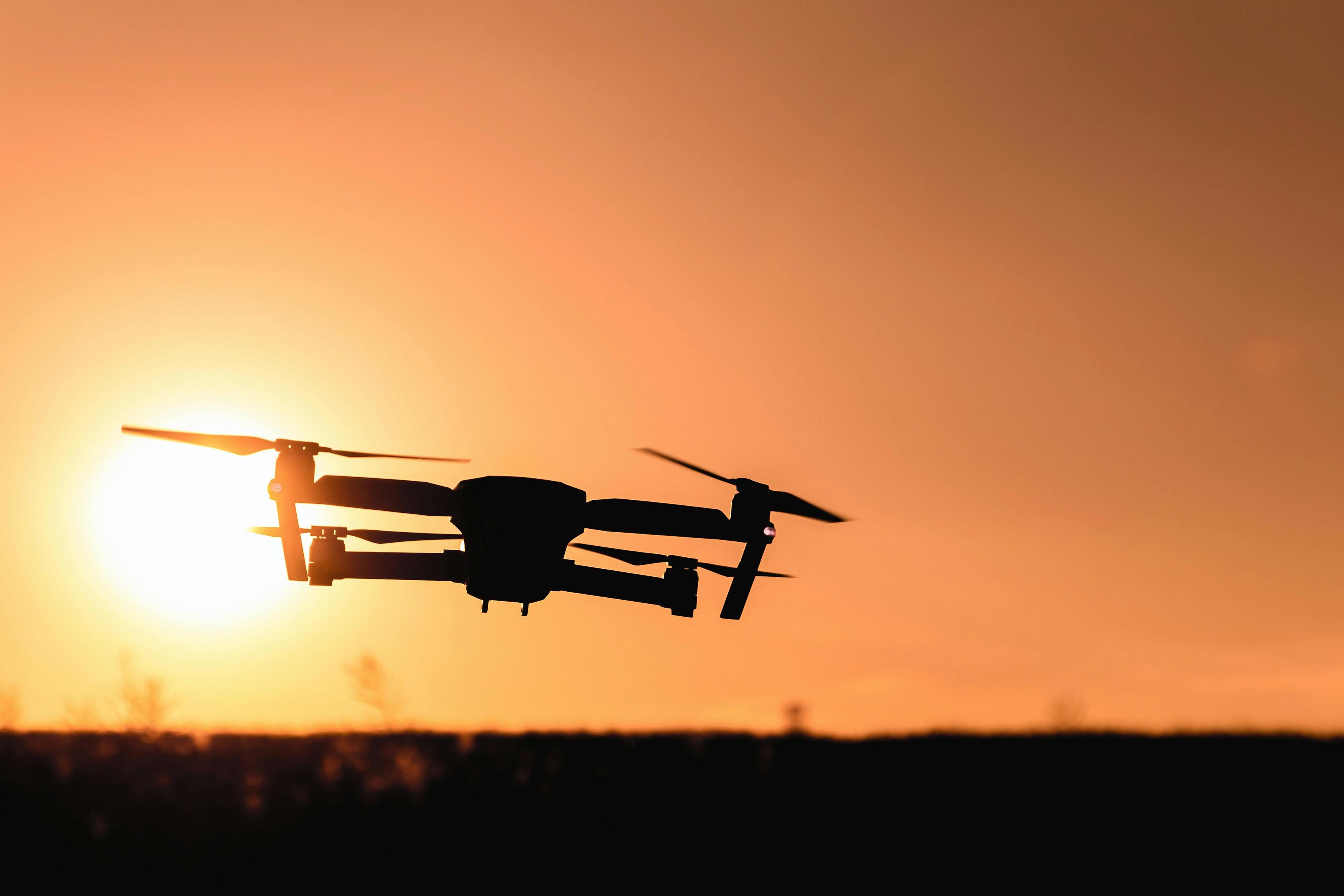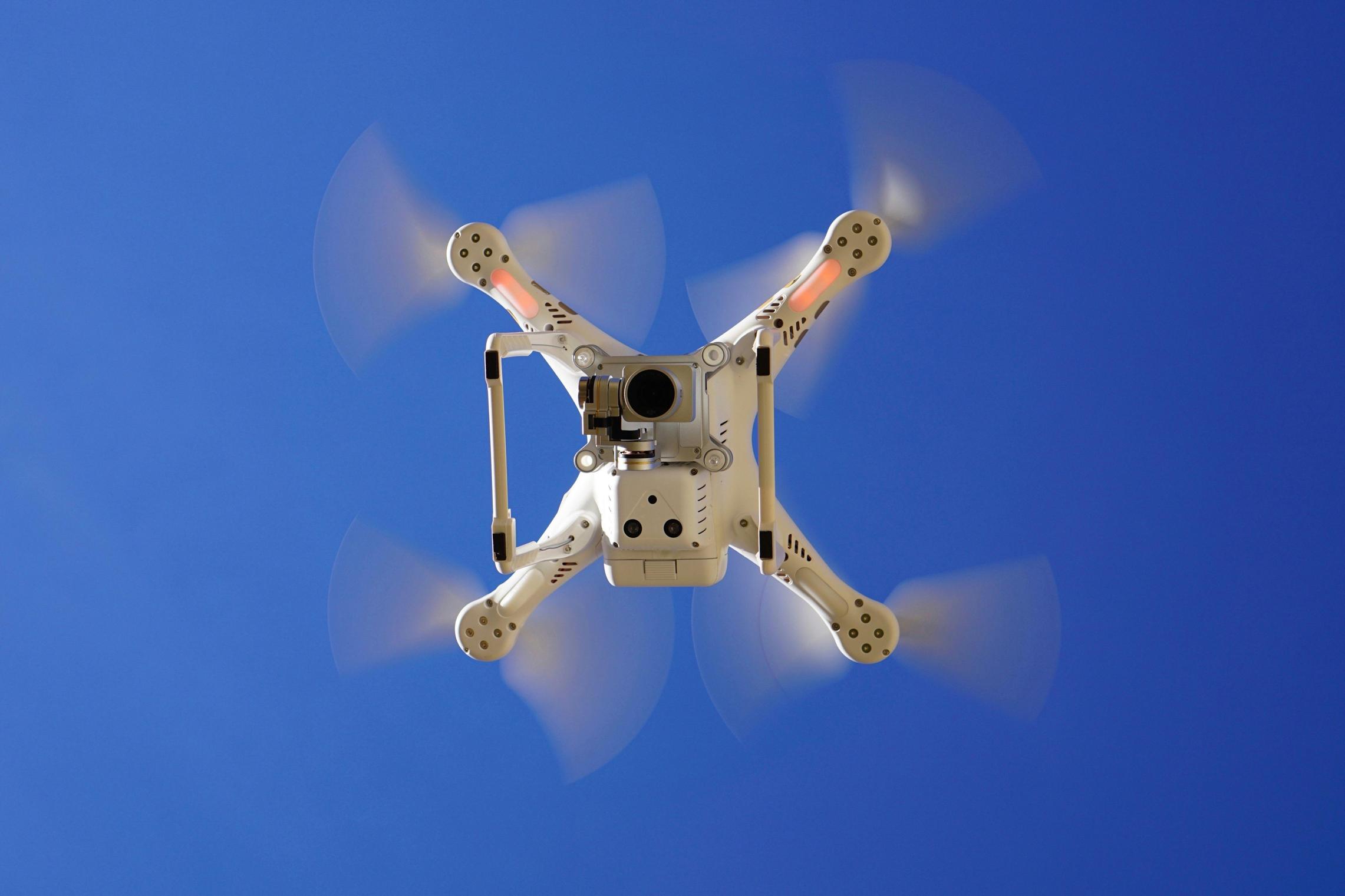The Impact of Drone Video Technology on Malaysia Flight 370 Search
Introduction
The disappearance of Malaysia Airlines Flight 370 in 2014 remains one of aviation's most puzzling mysteries. Despite extensive search efforts, the aircraft has yet to be found. This tragedy has driven the adoption of cutting-edge technologies to aid search and rescue missions. One of the most significant advancements is the use of drone video technology.
Unmanned aerial vehicles (UAVs), commonly known as drones, have shown promise in various applications, from delivering goods to capturing breathtaking footage. In the context of search and rescue, drones offer a unique vantage point and capabilities that can significantly enhance efforts. This article explores the critical role of drone video technology in the search for Malaysia Flight 370, examining its deployment, findings, challenges, and future potential.

Understanding Drone Technology and Its Importance
Drones have revolutionized an array of industries by leveraging advanced technology to perform tasks traditionally done by humans. Equipped with high-resolution cameras, GPS systems, and advanced software, drones can provide real-time data and imagery from remote locations.
The importance of drones in search missions cannot be overstated. Their ability to cover large areas quickly and efficiently, collect high-quality video footage, and relay information in real-time makes them invaluable. Unlike helicopters and planes, drones can fly at lower altitudes, providing clearer views of the search area and accessing hard-to-reach locations.
Beyond visual surveillance, modern drones are outfitted with various sensors, including thermal imaging and LiDAR, which detect heat signatures and create detailed 3D maps of the terrain. This combination of features makes drones exceptionally useful in search missions like the hunt for missing Flight 370.

Early Search Efforts for Malaysia Flight 370
Before the advent of drone technology, search efforts for Malaysia Flight 370 relied heavily on conventional methods. Naval ships, submarines, and manned aircraft were deployed to scan the Indian Ocean. Satellite imagery and underwater sonar also played significant roles. These methods were resource-intensive and time-consuming, often yielding limited results due to the vast and challenging oceanic landscape.
Initial searches focused on surface debris, guided by computer models predicting the ocean's drift patterns. Despite extensive resources and international collaboration, these early efforts faced immense difficulty. The search area spanned millions of square kilometers, and the ocean's depth and complexity added further challenges. This pressing need for more efficient search techniques paved the way for the adoption of drone technology.

Deployment of Drones in the Search
The introduction of drones into the mission marked a pivotal shift in search strategies. Initial tests demonstrated the potential of drones to cover extensive areas quickly, capturing high-resolution imagery and video. Drones were soon deployed, supplementing the ongoing search efforts.
Once in action, drones scanned vast swathes of the ocean, focusing on regions where traditional means proved challenging. Equipped with high-definition cameras and extended flight times, drones provided unparalleled access to remote and hard-to-reach areas. They relayed live footage to command centers, allowing real-time decision-making and adjustments to search patterns.
Several organizations collaborated, pooling resources, and expertise to optimize drone use. The flexibility of drones also allowed them to engage in specialized tasks, such as tracing suspected debris and examining underwater terrain where conventional methods would struggle. This multifaceted approach significantly enhanced the efficiency and scope of the mission.
Key Findings from Drone Footage
Drones provided critical insights during the search for Flight 370. One of the significant advantages was the immediate feedback from real-time footage, enabling swift identification of potential debris and anomalies in the ocean.
-
Identification of Debris: Despite the vast search area, drones helped identify objects on the ocean’s surface, which traditional methods missed. High-resolution cameras captured detailed images, allowing teams to differentiate between ordinary flotsam and potential aircraft debris.
-
Mapping the Seafloor: Advanced drones equipped with sonar and LiDAR created detailed maps of the seafloor. These maps highlighted underwater features that could conceal the aircraft, directing divers and underwater rovers to promising sites.
-
Environmental Insights: The footage offered insights into oceanic conditions, such as current patterns and marine life activity, providing context that aided in refining search operations.
While the drones did not ultimately discover the wreckage, their contributions were invaluable in narrowing down search areas and eliminating numerous locations, refining further search efforts.
Challenges Faced During Drone Searches
Despite their advantages, deploying drones in the search for Malaysia Flight 370 posed several challenges.
-
Harsh Environmental Conditions: The Indian Ocean's volatile weather, including high winds, storms, and unpredictable swells, often hampered drone operations. Drones had to be durable and weather-resistant to function effectively.
-
Battery Life and Range: While advancements have been made, drone flight time and battery life limit their operational scope. In a search area as vast as the Indian Ocean, ensuring drones could cover extensive distances and return safely was a logistical challenge.
-
Data Processing: The volume of data collected by drones necessitated robust processing capabilities. Analyzing vast amounts of high-resolution footage and integrating it with other data sources required substantial computational resources and expert analysis.
Addressing these challenges involved continuous innovation and adaptation, ensuring drones operated at their full potential.
The Future of Drones in Aerial Search Missions
The role of drones in search and rescue missions is set to expand with ongoing technological advancements. Innovations such as extended battery life, enhanced AI for data analysis, and improved environmental resilience will further boost their efficacy.
Future drones may integrate more sophisticated sensors, like hyper-spectral imaging, to detect various materials underwater. Autonomous drone swarms could cover larger areas more efficiently, with AI algorithms optimizing flight paths and search patterns in real-time.
Moreover, collaboration between international agencies and private tech companies may yield specialized drones designed for specific search scenarios, ensuring preparedness for any future incidents akin to Flight 370’s disappearance.
Conclusion
The integration of drone video technology into the search for Malaysia Flight 370 represented a significant evolution in search and rescue methodologies. Drones provided unique advantages and invaluable data that complemented traditional search methods, despite not ultimately locating the aircraft.
The lessons learned and the advancements made during this mission underscore the potential of drones in future aerial search operations. As technology continues to evolve, drones will undoubtedly remain at the forefront of search and rescue missions, offering hope and improving efficiencies in the quest to solve aviation’s greatest mysteries.
Frequently Asked Questions
What technology is used in drones for search missions?
Drones for search missions utilize high-resolution cameras, GPS, thermal imaging, LiDAR, and sonar sensors. These technologies enable real-time data collection, detailed mapping, and efficient location tracking.
How effective have drones been in the search for Malaysia Flight 370?
While drones did not locate Flight 370, they significantly enhanced search efforts by covering vast areas, identifying potential debris, and providing detailed imagery of the ocean and seafloor.
What advancements are expected in drone technology for future searches?
Future drones will likely feature extended battery life, improved environmental resilience, advanced AI for data analysis, and more sophisticated sensors. Autonomous operation and swarm technology may also become prevalent, increasing efficiency in large-scale searches.



